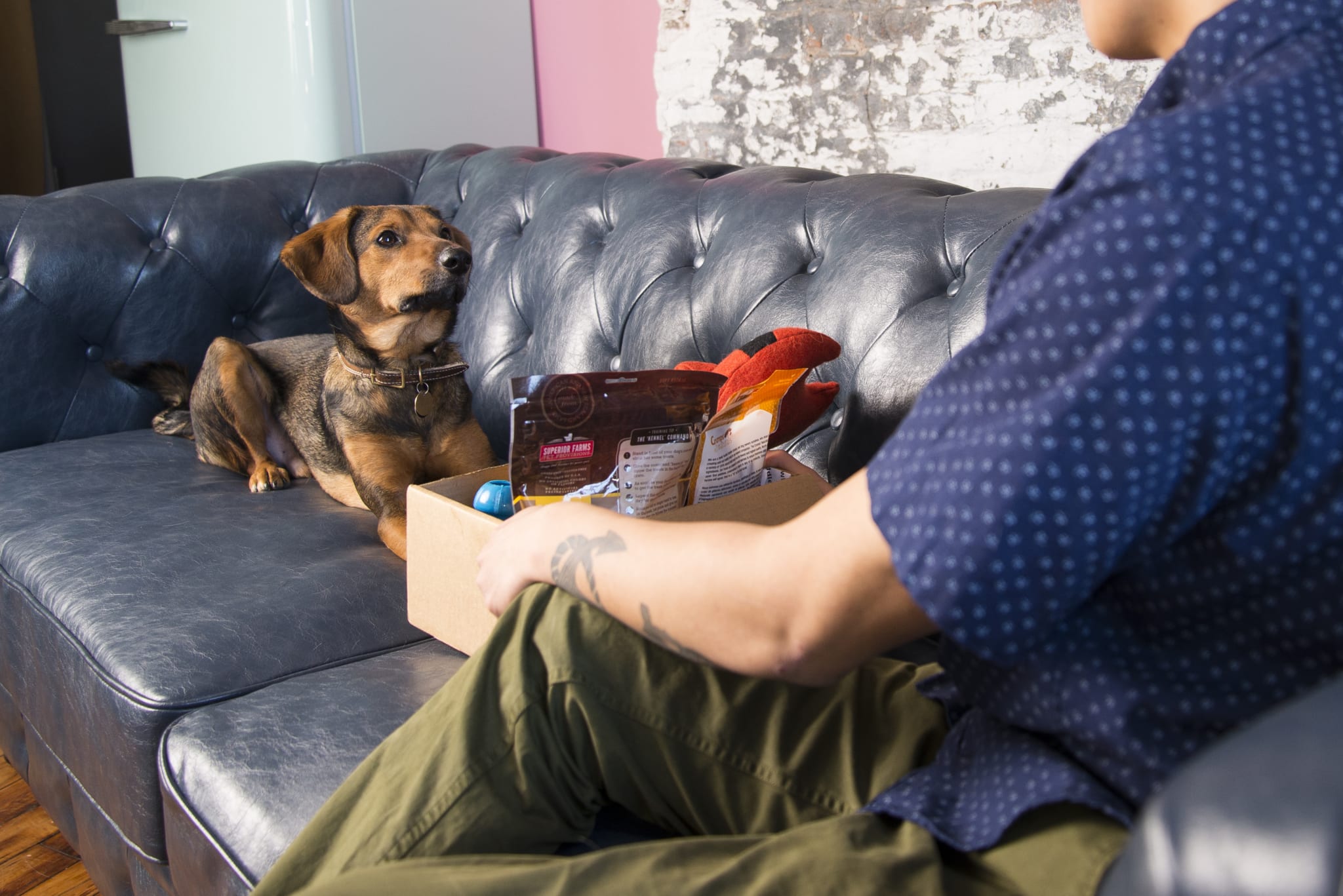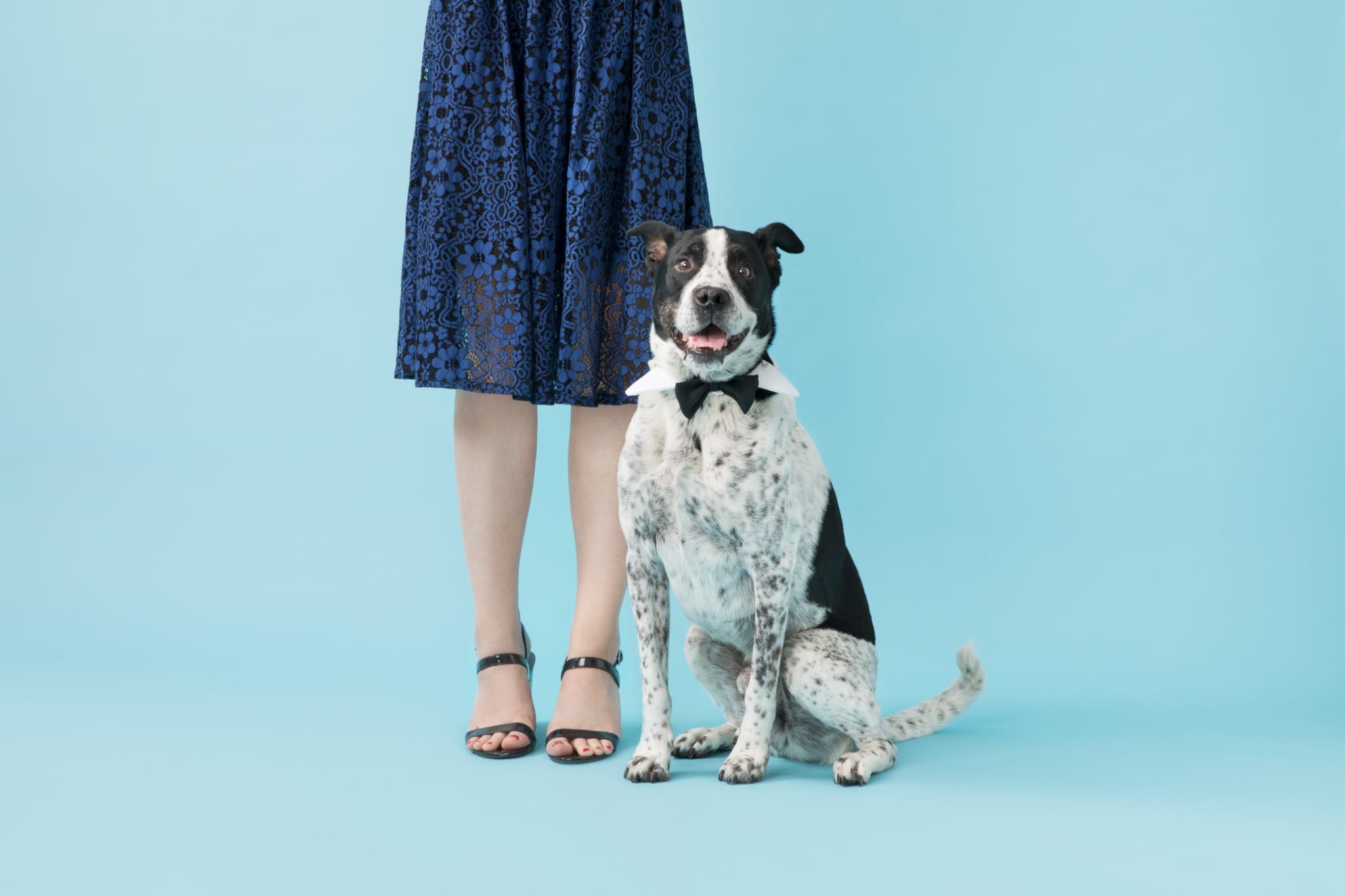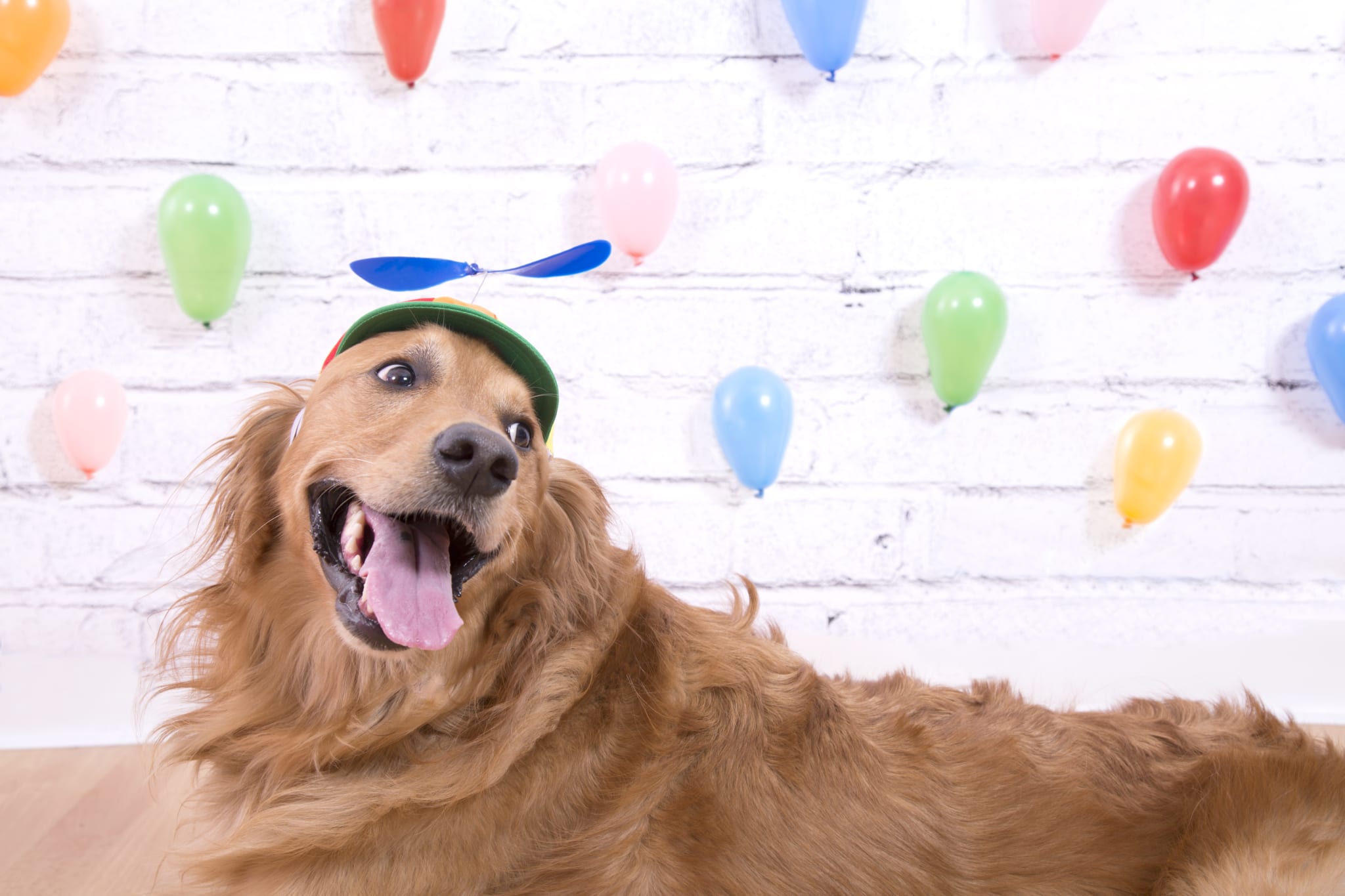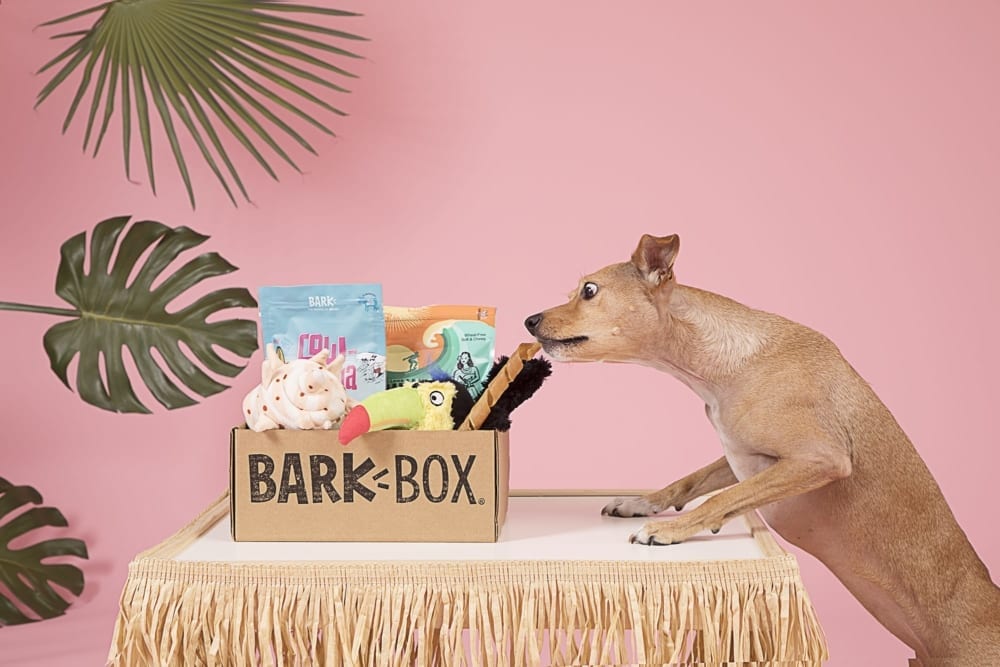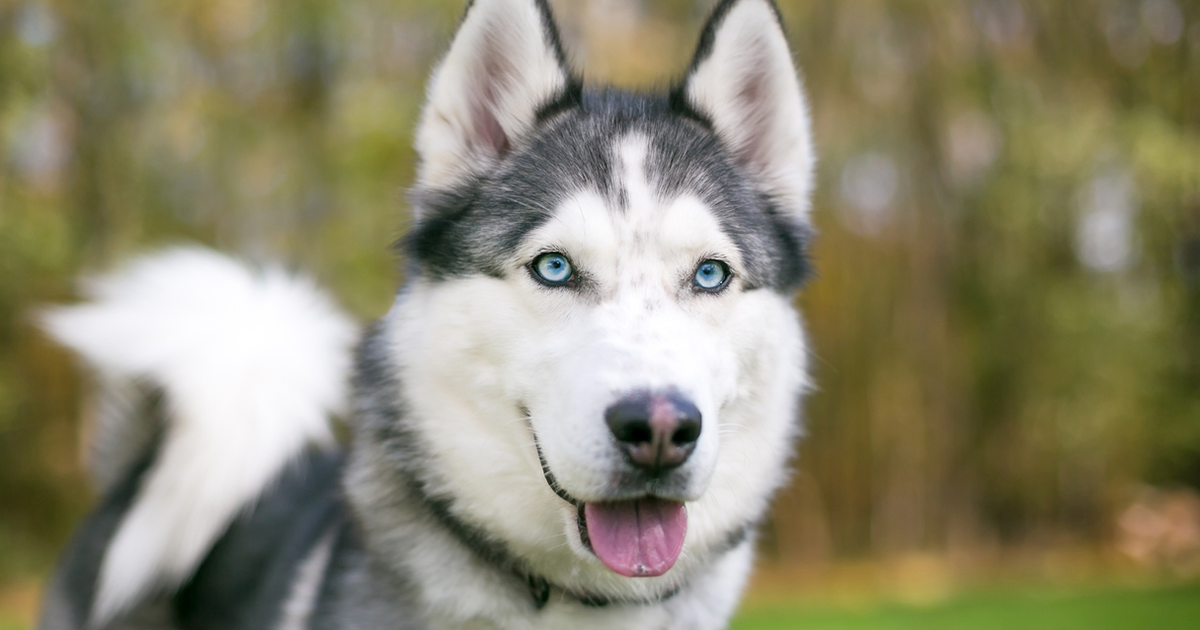Every dog is unique and requires patience and understanding when it comes to learning new skills or correcting unwanted behaviors. In exchange for a treat, they’ll do just about anything to please us, but could you unknowingly be confusing them with simple mistakes? Check out the top 5, and get back to effective, meaningful training practices and a happy dog.
1. Not Following Through
Remember: Consistency, consistency, consistency. Dogs primarily understand in black and white terms, so any grey areas can confuse them and lead to frustration and/or completely disregarding your commands.
For example, I once worked with a client who had an 8-month-old puppy who would not stay off the couch. When I probed a bit deeper, I found out the owner had always cuddled the puppy on her lap on the couch when he was little. Now that the puppy was a 70-pound Rottweiler, she no longer wanted him on her couch.
The dog simply could not understand why the rules had changed. To him, he was always allowed on the couch, and wasn’t prepared to give up the throne that easily! At that point, the dog needed to be retrained to avoid further complications.
Basically, it’s not fair to your dog to change the rules at different times and expect him to adapt just as easily as humans do. With dogs, you need to be straight up and follow through!
2. It’s All About The Timing
Poor timing is another major pitfall people tumble into when training their pups. Since dogs live in the moment, your reaction to what they are doing RIGHT NOW is key when it comes to praise or correction.
When your dog does something good, or offers the correct behavior, it’s crucial that you praise him in that instant. On the flip side, if your dog has misbehaved, unless you catch him doing it, you should not correct him after some time has already passed.
Many new dog owners have told me stories about coming home to find their pet lying in the kitchen, but notice the dog has torn apart the couch. Naturally, anger is the first response. However, at that moment, your dog thinks that you are angry with him for lying in the kitchen and nothing more. Your pet cannot understand that you are angry for something he did in the past (no matter how guilty they look!).
3. Too Many Commands
Everyone and their neighbor has heard a dog mom or dad who shouts the command, “Sit!” over and over, only to have their dog remain standing and staring at their human, perplexed.
Then they get to the tenth “Sit!” and the pup parent, angry and frustrated (and probably embarrassed too), raises their voice and changes tone. Their pup then immediately plops their bottom down to the ground.
So what’s the issue here? In working with your dog this way, you teach them that you didn’t really mean it until the tenth time, and that the dog doesn’t really have to pay attention to your commands until a certain tone of voice is used.
Remember that these are obedience commands: You are not asking your dog if they feel like sitting, you are telling them to sit. For the safety of everybody around, including your pooch, dogs must always obey the commands at the first instance. So try not to over-repeat commands. Just really MEAN IT the first time.
4. Human Boredom
Moving on to different sections of training too quickly is another problem many new pup parents face when working with their fuzzbutts. People often assume their dog already knows a command, or feel the dog should know it after a certain amount of time, and they then proceed to something more complicated. But rushing it is definitely a mistake.
A good example of this can be seen in how people often try to teach a dog to stay. If a dog successfully sits and stays (sit-stay) for five seconds, the pup parent proceeds immediately to a ten second sit-stay. The dog then fails repeatedly at the longer stay command.
The problem here lies with the human, who assumes their dog understands something before they actually do. The main issue with this is that if dogs keep failing and can no longer earn praise, they often give up (I mean, wouldn’t you?). So to avoid setting your pup up to fail, simply back up a step and continue to work on what they are successful at until it’s polished and perfect! THEN move on to the next step.
5. Treating Dogs Like Humans
A mistake pup parents often make (including those who are long-term professionals in the dog world) is to treat their pup like a human. However, dogs ARE different than us, and it’s especially important to remember this fact during training. Dogs don’t think like we do, and we shouldn’t expect them to. Forgetting this causes problems for people training their dogs in two different ways.
First, while dogs experience some emotions, their range is much narrower than that of humans. Clients often tell me, “My dog knew what he did wrong when I came home and found he tore up the couch, and felt really guilty.” Nope, that’s not the case. You came home and the dog was either in the process of doing something you dislike, or saw the look on your face and your body language change and knew you weren’t happy. Your dog doesn’t know why you’re unhappy; that look of guilt people think they see is simply a reaction to your change in attitude at that moment.
Second, it’s vital that you do not treat your dog like a human baby, even though their intelligence levels have been compared to a human toddler. (For example, don’t pick them up whenever another dog comes close). Let your dog be a dog! Love your dogs, care for them, and set rules and boundaries not because you can, but because you want to protect them.
If you want to train your dog on your own, make sure you do your research first and prepare well. That way you can avoid any potential behavioral problems in the future. Plus, you won’t have to retrain your dog again after a year or two. Teaching your pooch how to act correctly right from the start is by far the easiest way to train. Remember that it will take much longer to try to correct your dog’s bad behavior that you have allowed to continue for a substantial period of time.
This is a guest post by Beth Jeffery of Top Dog Tips. Jeffery is a professional dog trainer and animal behaviorist with 15 years of experience in the field. She lives in San Diego, California.
Want the most fun way to reward your dog after training? Spoil them with a BarkBox! Every month BarkBox delivers 2 original toys, designed in-house, 2 full bags of all-natural treats, and a chew. Sign up here and receive a free extra toy every month. <– This deal is worth up to $120 in value if you sign up for a 12-month subscription! 🙂


